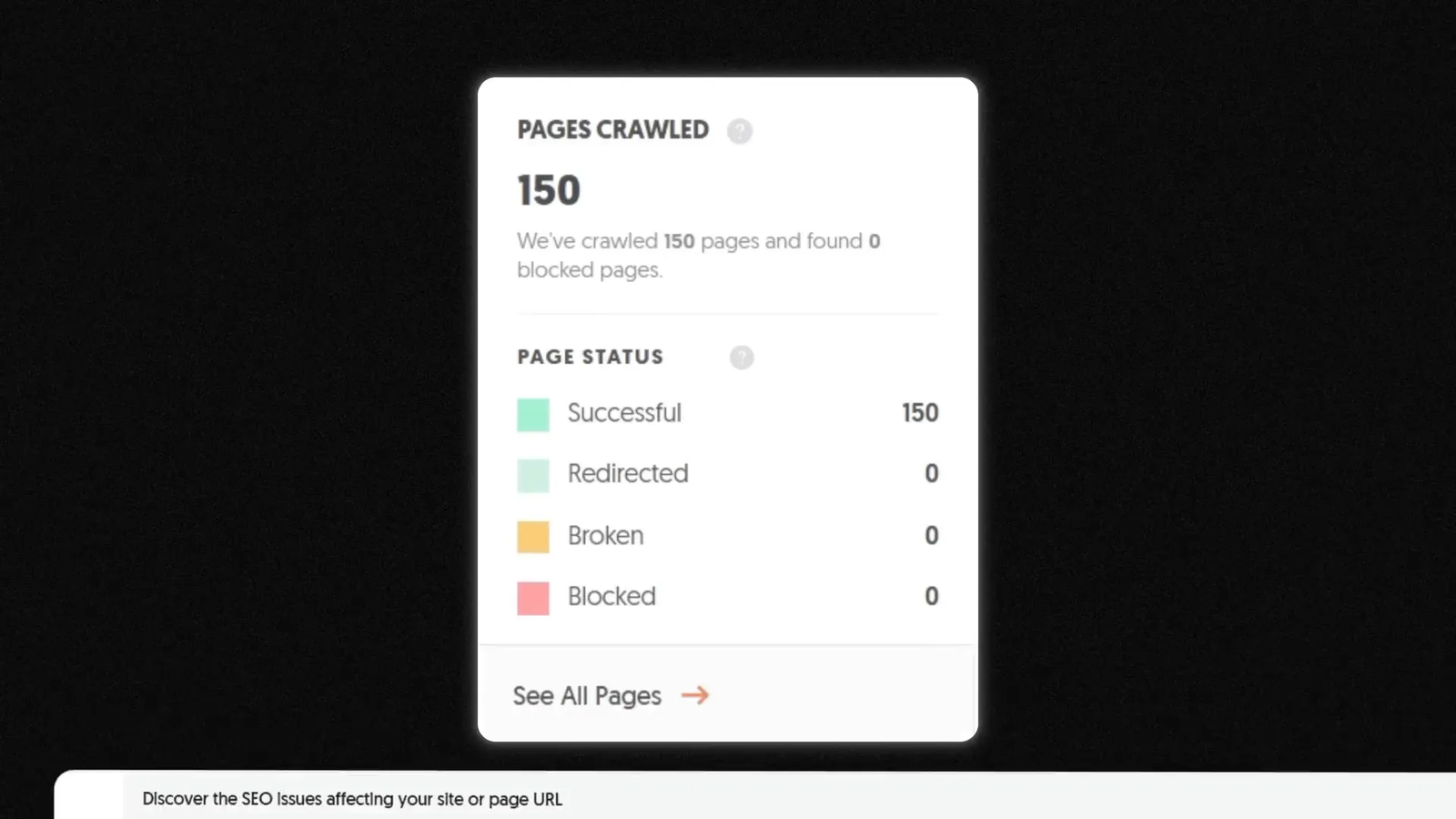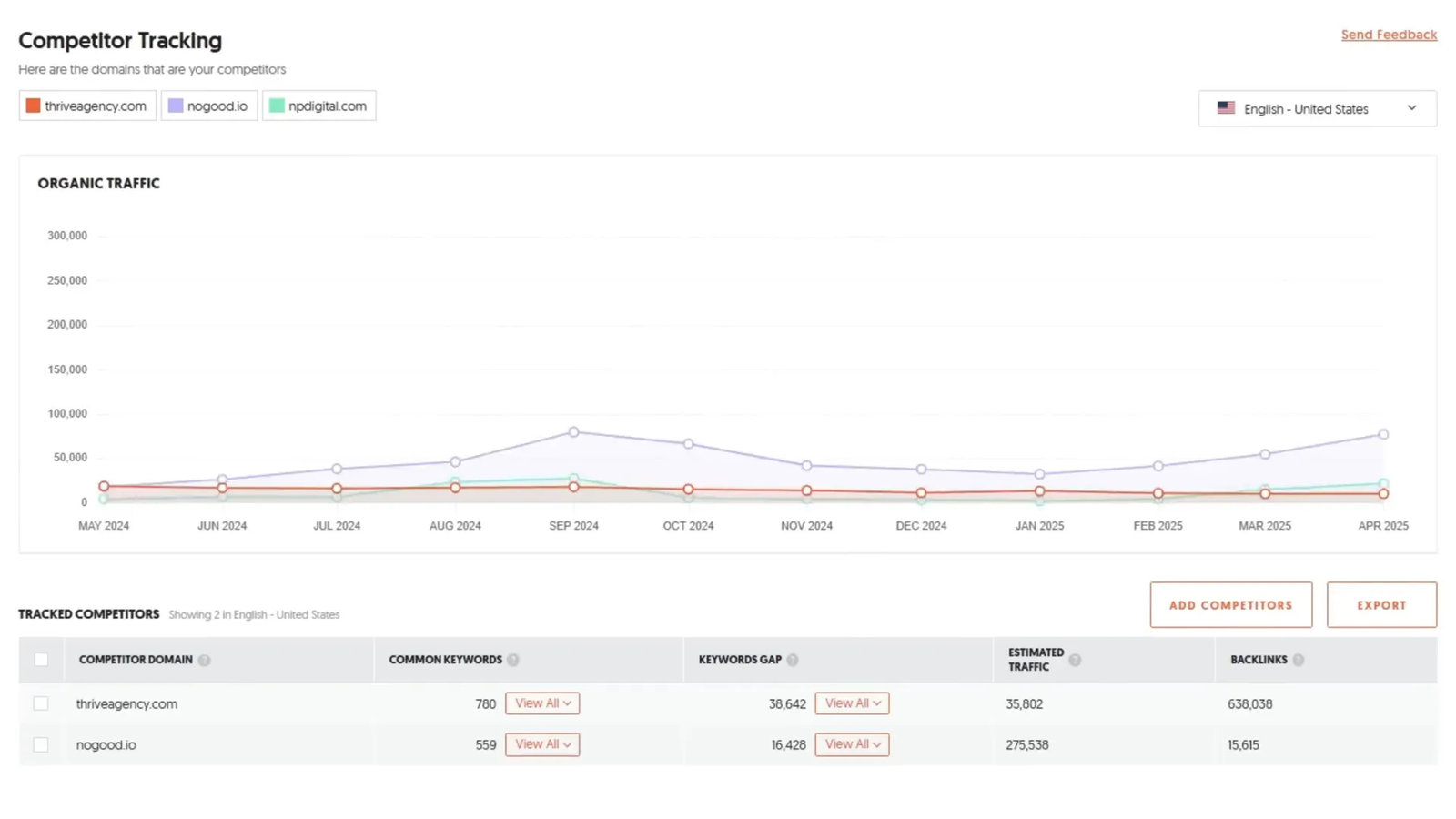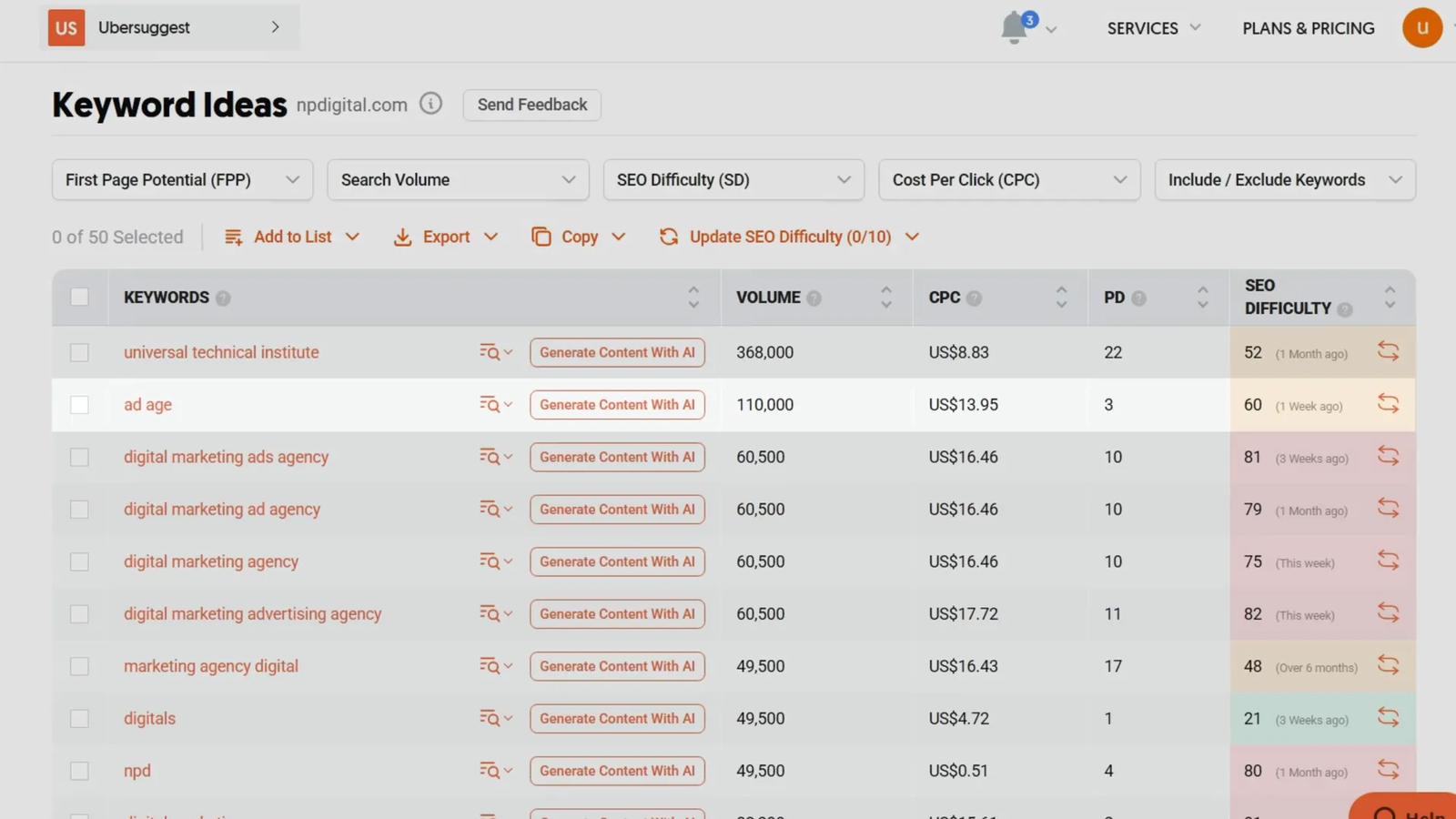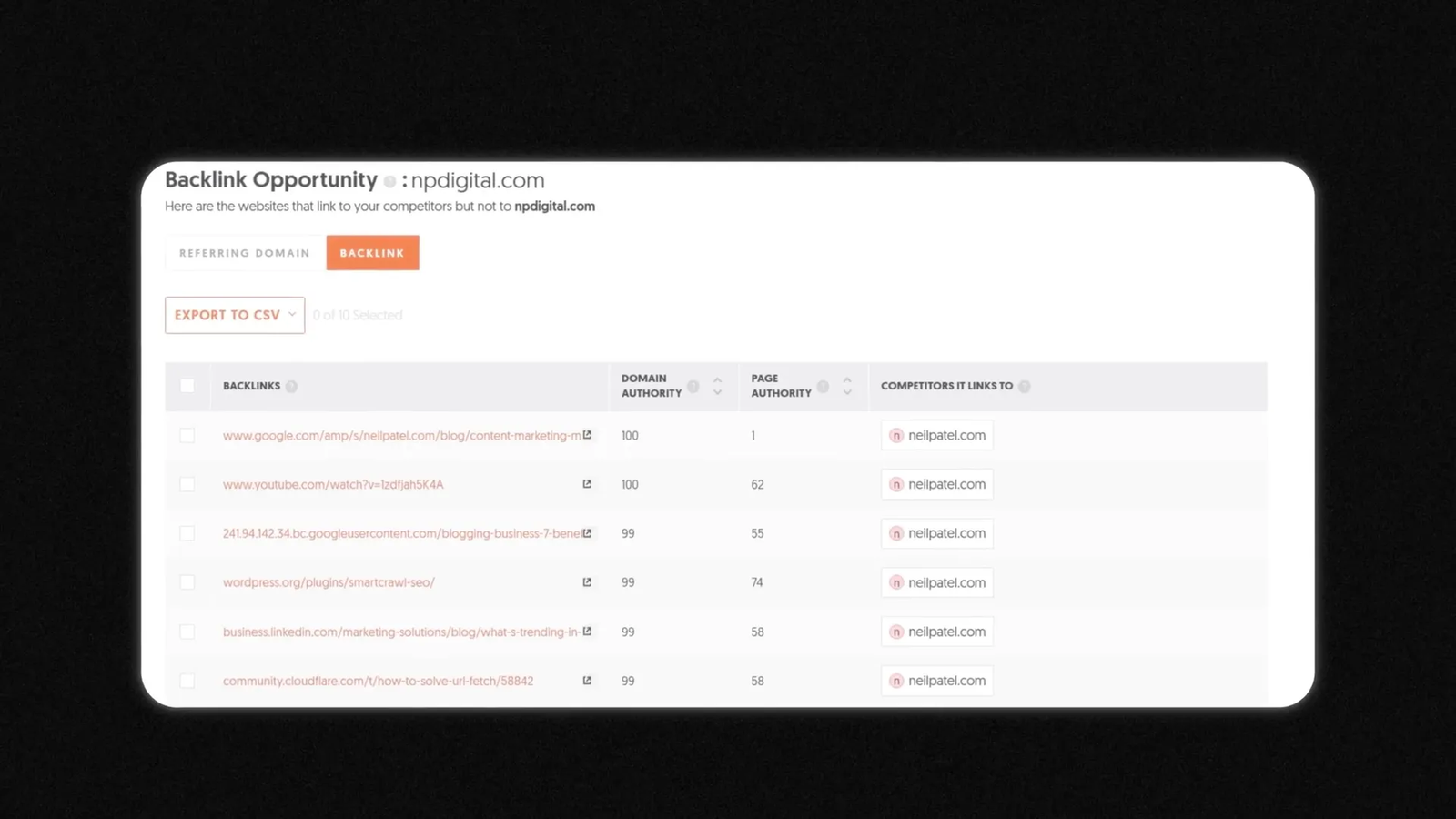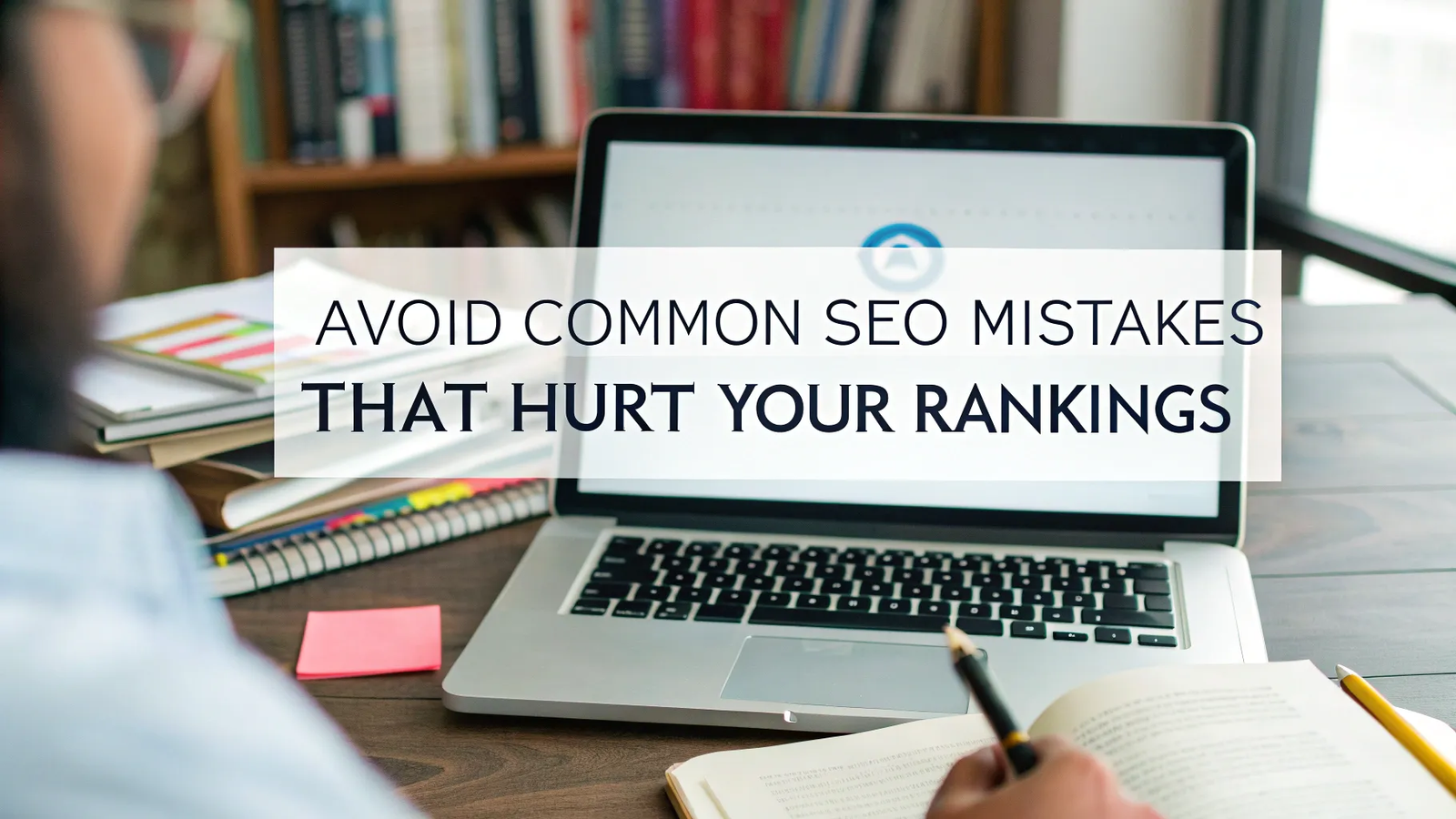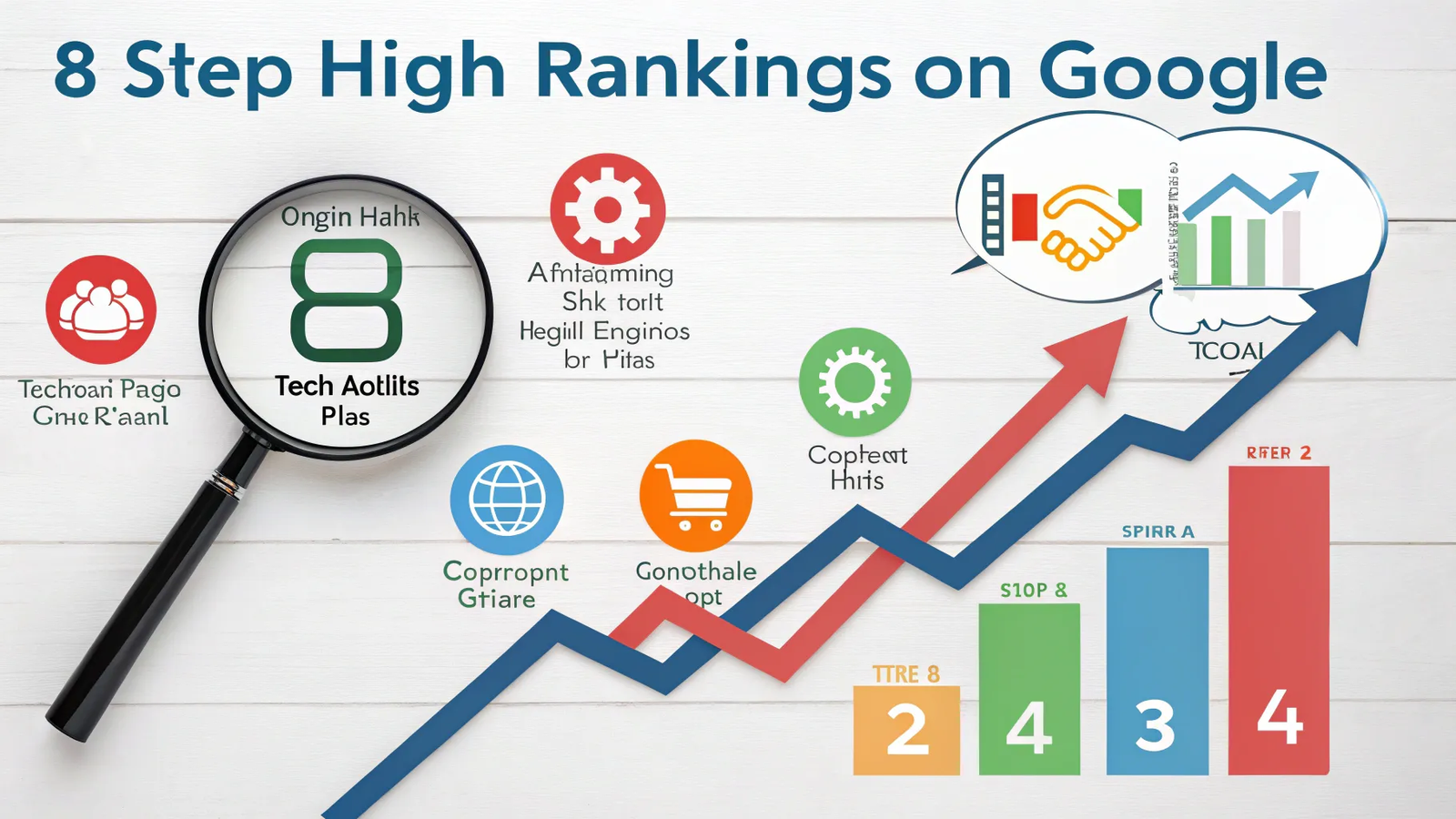
This isn’t theory—it’s a practical SEO roadmap covering everything from technical fixes to content strategies, competitor tracking, and brand building. Whether you’re starting from scratch or already getting some traffic, this guide will show you how to climb to the top of search results in 2025.
Step 1: 🔍 Fix Hidden Technical SEO Issues with a Site Audit
Ranking number one on Google starts with making sure your website is technically sound. Many people focus solely on SEO content or backlinks, but if your site has hidden errors, your content won’t get the chance to shine.
One of the best tools I recommend is the Ubersuggest SEO site audit. It identifies crucial issues like broken pages, low word counts, duplicate titles, and site speed problems. More importantly, it doesn’t just list these problems; it provides step-by-step instructions on how to fix each one.
What makes this audit report invaluable is its prioritization system. It tells you what to fix first based on what will have the biggest impact on your traffic. That means you’re not wasting time on minor issues while critical errors linger.
Why is this so important? Because hidden technical errors confuse search engines. If your site isn’t crawlable or has duplicate content, Google won’t know which pages to rank or might even penalize your site. Your content quality won’t matter if Google can’t properly read and index your pages.
Start your SEO journey by running a deep technical audit and systematically fixing the prioritized issues. This foundational step sets you up for success by making your site crawlable, fast, and user-friendly.
Step 2: 🏁 Beat Your Competition by Monitoring Them Closely
SEO isn’t just about optimizing your own site; it’s a competitive race. You’re not competing against Google itself—you’re competing against the other top-ranking sites in your niche. That’s why keeping an eye on your competitors is crucial.
Within Ubersuggest, you can create a project that monitors your competitors’ rankings, backlinks, and fresh content. This gives you valuable insights into what’s working for them and what isn’t. By reverse engineering their strategies, you can identify gaps and opportunities to outrank them.
Tracking your competitors provides real-time data that helps you move faster and smarter. For example, if a competitor gains a new backlink or publishes content that’s performing well, you can quickly adapt your strategy to compete or improve upon theirs.
Remember, SEO is dynamic. Staying on top means continuously learning from your competitors and evolving your approach.
Step 3: 🎯 Target Keywords with Low Difficulty and High ROI
Your content won’t rank unless you target the right keywords. Ubersuggest helps you discover keywords by revealing their search volume, SEO difficulty, and cost per click (CPC).
Here’s the key: focus on keywords with low SEO difficulty but high CPC. Low difficulty means it’s easier to rank on the first page, while high CPC indicates businesses are willing to spend money to advertise on those keywords. This signals strong commercial intent and money-making potential.
Targeting these keywords means you’re not only likely to get traffic but also traffic that converts into revenue. Even small businesses can start seeing wins by finding and ranking for these strategic keywords.
For example, if a keyword related to your niche has a CPC of $5 but a difficulty score of 20 (on a scale of 100), that’s a golden opportunity. You can rank with quality content and attract buyers ready to convert.
Step 4: 🚫 Avoid Relying Solely on AI for Content Creation
Many marketers think AI can handle all their SEO content creation, but that’s a mistake—especially in 2025. I ran an experiment involving 68 websites and 744 articles. Half were human-written, and the other half were AI-generated with some human assistance.
The results? Human-written content received 5 times more monthly Google traffic than AI content. Why? Because Google’s algorithm rewards E-A-T: experience, expertise, authority, and trust. These qualities are difficult for AI to replicate convincingly.
AI tends to create content that regurgitates information already available on the web. It lacks the depth, unique insights, and nuanced understanding that humans bring.
That doesn’t mean AI is useless. It’s excellent for tasks like content ideation, adjusting tone, translating, or transcribing content into multiple languages to rank globally. But when it comes to writing authoritative, trust-building content that ranks well, human expertise remains irreplaceable.
Step 5: 🔗 Use Backlink Opportunity Reports to Build Quality Links
Backlinks remain a cornerstone of SEO success. But how do you find the best backlink opportunities? Ubersuggest’s backlink opportunity report shows you websites linking to your competitors but not to you.
If a site links to three or more of your competitors but hasn’t linked to you, it’s what I call “competitor agnostic.” They’re willing to link to anyone in your niche.
This is a golden opportunity to reach out with better, more up-to-date, and comprehensive content. If your page provides a superior user experience—more detailed, fresher, and better formatted—why wouldn’t they add a link to your site or swap out a competitor’s link?
You can even personalize your outreach emails using tools like ChatGPT to craft custom messages tailored to each site. Personalized outreach increases your chances of earning these valuable backlinks.
Building backlinks this way is not only effective but also sustainable for long-term SEO success.
Step 6: 📈 Build Your Brand to Boost SEO with Branded Searches
Branded searches—people typing your name or company name into Google—are a major ranking factor. The more people search for your brand, the higher Google perceives your authority and relevance.
In 2025, the average person interacts with a brand 11.1 times before making a purchase. This means you need to be omnipresent where your audience spends their time.
Distribute your content across multiple channels—social media, email, SMS, and beyond—to build brand equity. This omnichannel approach not only increases direct traffic but also lifts your SEO rankings by driving more branded searches.
Think of brand building as a long-term investment that amplifies every other SEO effort you make.
Step 7: ♻️ Refresh Old Content to Maintain and Boost Rankings
Your old content isn’t dead; it just needs a refresh. Google favors fresh, updated content because it’s more relevant to users.
Use Google Search Console to identify pages with declining traffic by comparing page performance year over year. These are your prime candidates for updating.
Updating can include:
- Adding new statistics and data
- Improving formatting for better readability
- Including missing information or new insights
- Enhancing user experience with visuals or interactive elements
Wikipedia’s success is a perfect example—its pages rank well because they are consistently updated and maintained.
Would you rather read an article written three years ago or one updated three weeks ago? Most people will choose the fresher content, and so does Google.
By regularly revisiting and updating your content, you maintain traffic and continue to grow your SEO gains.
Step 8: ⚠️ Avoid Common SEO Mistakes That Hurt Your Rankings
One of the most common mistakes I see in 2025 is having multiple pages targeting the same topic. This confuses Google, which then struggles to decide which page to rank, resulting in poor performance for all of them.
To avoid this, create a clear website structure with a logical hierarchy. Think of your website like a library:
- All marketing content should live in one section
- SEO content should be a subsection within marketing
- You shouldn’t have multiple “books” (pages) on the same topic scattered across different sections
Google ranks sites based on topical relevance and authority. Cover your topics thoroughly and comprehensively on one page or closely linked cluster of pages without overlapping or competing content.
This approach helps your pages rank better and faster by signaling clear topical authority to search engines.
Frequently Asked Questions (FAQ)
Q: How often should I run a technical SEO audit?
A: Ideally, conduct a full technical SEO audit every 3-6 months. Additionally, monitor your site regularly for critical issues like broken pages or slow loading times. Fixing problems promptly prevents ranking drops.
Q: Can AI-generated content ever rank well?
A: AI content can support your SEO strategy, especially for ideation, translations, or tone adjustments. However, for authoritative, trust-building content, human expertise is essential. Google values E-A-T (Experience, Expertise, Authority, Trust), which AI struggles to replicate.
Q: What’s the best way to find backlink opportunities?
A: Use tools like Ubersuggest’s backlink opportunity report to find websites linking to your competitors but not you. Reach out with personalized emails offering superior content to earn backlinks.
Q: How can I increase branded searches?
A: Build your brand presence across multiple channels like social media, email, SMS, and more. The more your audience encounters your brand, the more likely they’ll search for it directly on Google.
Q: What should I do with old content that’s losing traffic?
A: Refresh it by updating stats, improving formatting, adding new insights, and enhancing user experience. Google favors fresh content, so regular updates help maintain and grow your rankings.
Q: How do I avoid keyword cannibalization on my website?
A: Create a clear content hierarchy and avoid multiple pages targeting the same keyword or topic. Consolidate similar content and use internal linking to signal the main page for a topic.
Conclusion
Ranking number one on Google in 2025 requires a holistic, strategic approach. It’s not just about creating content or building backlinks—it’s about fixing technical issues, outsmarting your competitors, targeting the right keywords, building your brand, and consistently refreshing your content.
By following this 8-step system, you’ll position your website to generate serious traffic, leads, and sales. Remember, SEO is a marathon, not a sprint. Stay patient, stay consistent, and continuously adapt to the evolving landscape.
Embrace these strategies, and watch your website climb to the top of Google’s search results.

